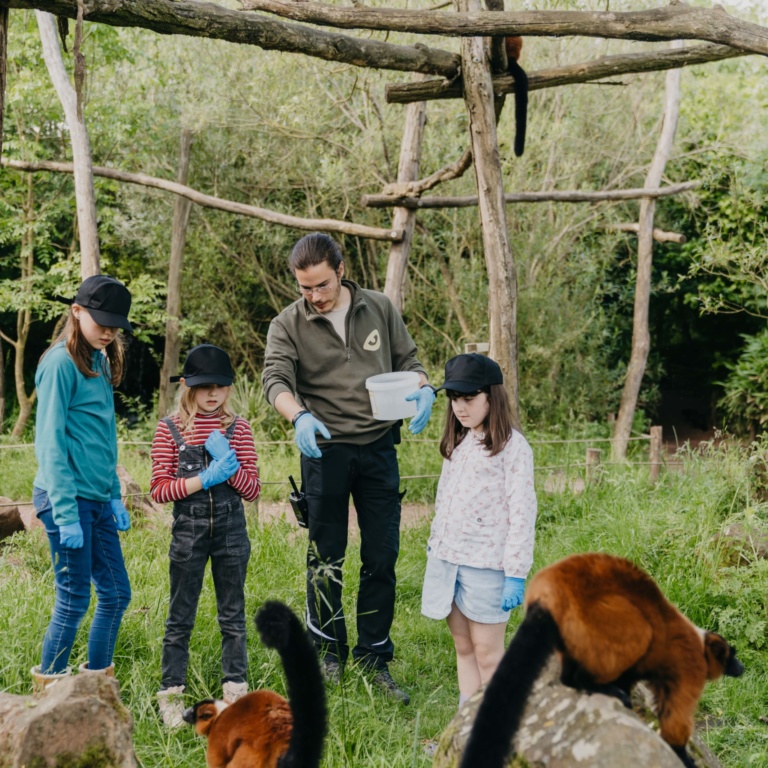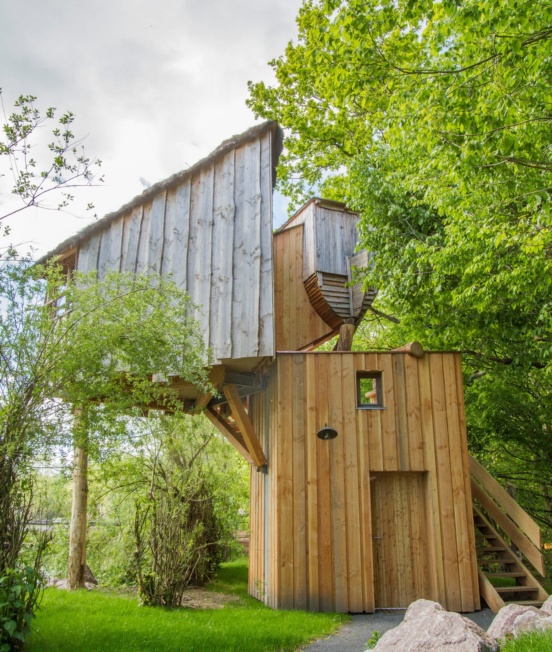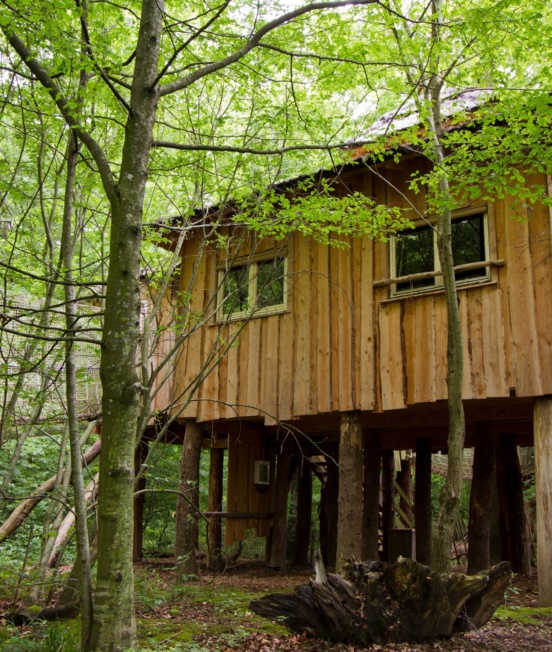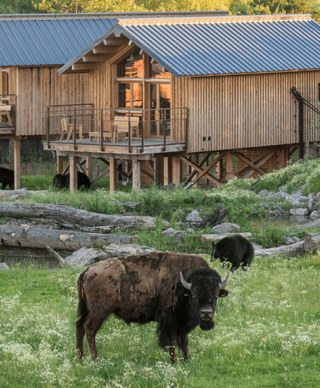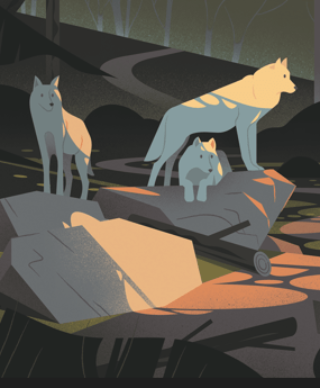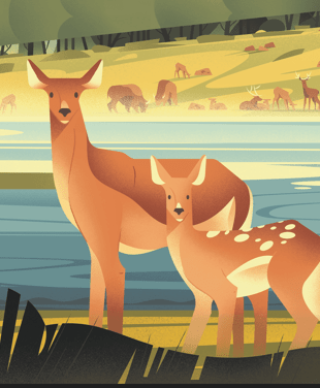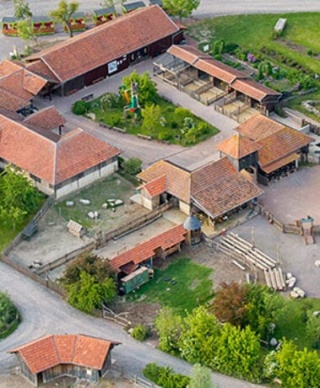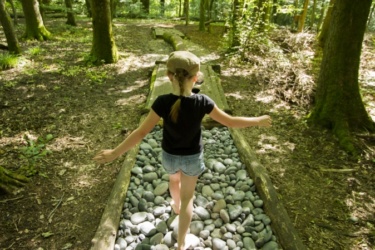
What is Neo’s journey?
Neo’s journey, Mission Biodiversity is a voyage of discovery. Environmental issues are not restricted to France or Europe. Biodiversity is a worldwide concern and tropical ecosystems are particularly affected.
Neo takes us from country to country, exploring exotic places and emblematic species like the lemurs of Madagascar and the red pandas of the Himalayas. It’s the opportunity for young and old to become aware of the dangers of reducing biodiversity and to start doing their bit to save the planet.
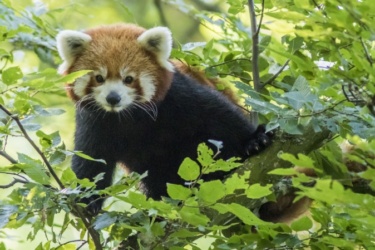
Red Panda campaign
The arrival of the red pandas in 2015 inspired us to take part in European Endangered Species programmes (EEPs). The animals demonstrate the fragility of our biodiversity – in particular the fauna native to the Himalayas.
Lemur island
The Parc Animalier de Sainte-Croix has been home to a group of twenty lemurs since 2011. Observe them in their habitat and get closer than ever before. Wander through the luxuriant plants and learn all about these endearing primates.
Gibbon mission
Our pair of red cheeked gibbons Zack and Tia Nang joined us in 2017 and live on a large island. Gibbons belong to the ape family, many of which are endangered species, due to the destruction of their habitats.
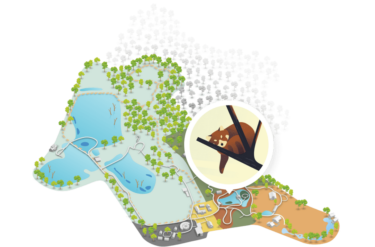
120 hectares of unspoilt countryside
Spanning 120 hectares, the Parc Animalier de Sainte-Croix is home to a selection of European fauna and a contributor to worldwide biodiversity. Explore the five areas of our leafy park where 1,500 animals representing 100 species roam freely.
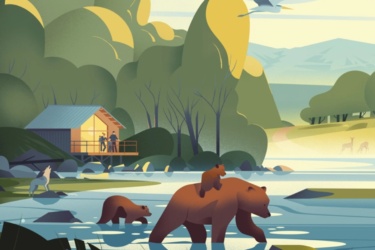
Protecting wildlife and biodiversity
At Sainte-Croix, we are committed to the conservation and protection of the environment.
-
Environnement
Since we founded the reserve in 1980, Sainte-Croix has been committed to protecting our planet. Our awareness-raising campaigns for staff and visitors have helped establish our role as leaders in nature protection instruction.
-
Conservation
More than 50 animals have been released into their natural habitats since the reserve opened.
-
Reintroduction
Captive-bred animals may be released into the wild to help increase populations of endangered species.



